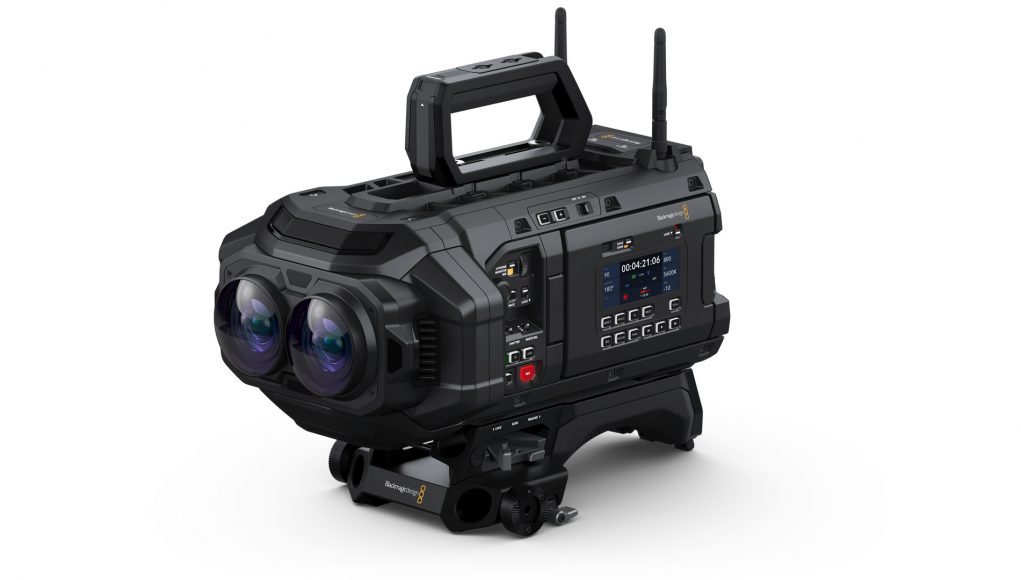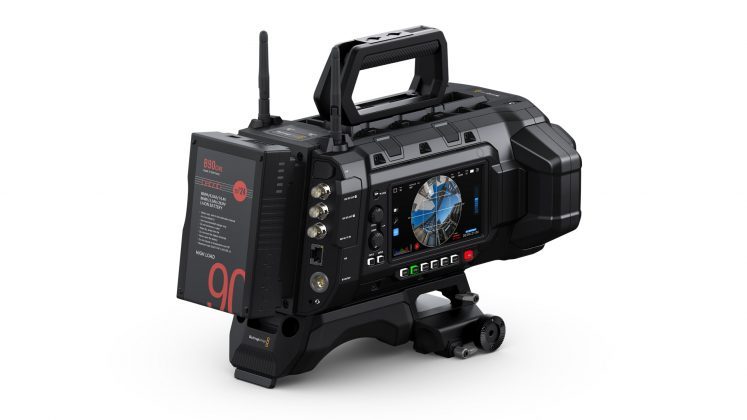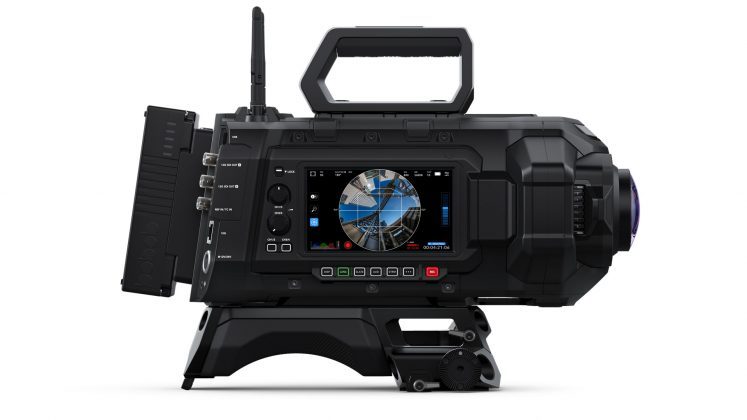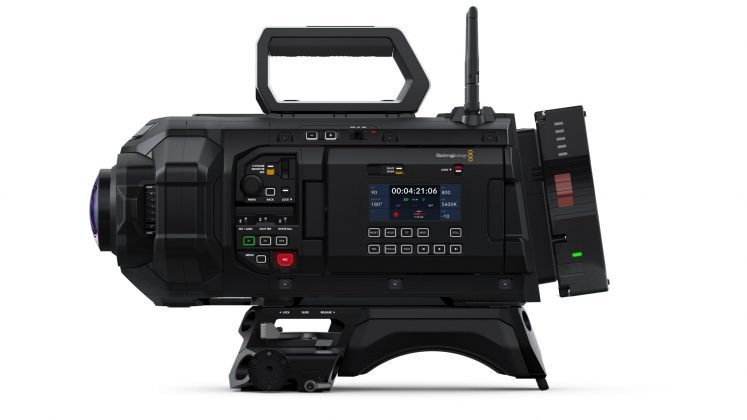Blackmagic Design has revealed full specs and details for its new URSA Cine Immersive camera, specially designed to shoot 8K VR180 footage for the Apple Immersive Video format. Pre-orders for the $30,000 camera are open now, with shipping planned for Q1 2025. A forthcoming update to DaVinci Resolve Studio (also made by Blackmagic) adds editing tools specifically for Apple Immersive Video, including support for calibration data from the camera.
Apple Immersive Video is a 180° 3D video format intended for playback on Apple Vision Pro. Early versions of Blackmagic’s URSA Cine Immersive are likely the cameras used to film Apple Immersive Video content currently available on the headset.
Now the camera is being made available commercially, with pre-orders available for a cool $30,000. Though certainly expensive, this is in-line with many other high-end cinema cameras.
The URSA Cine Immersive is specially made to capture Apple Immersive Video, featuring a pair of 180° stereo lenses, capturing 59MP (8,160 x 7,200) each, with 16 stops of dynamic range. The camera can shoot up to 90 FPS in the Blackmagic RAW format, which also embeds calibration data (unique to each camera) that’s carried into the editing process for more precise and stable footage.
The forthcoming update to the DaVinci Resolve Studio editing software will include features specific to editing footage from the camera:
- Immersive Video Viewer: Pan, tilt, and roll clips on 2D monitors or directly on Apple Vision Pro
- Seamless Transitions: Clean master files using metadata-based bypass for Apple Vision Pro transitions
- Export Presets: Streamlined delivery to Apple Vision Pro-ready packages
Both Blackmagic and Apple hope the release of the camera and streamlined editing workflow will make it easier for filmmakers to capture and release content in the Apple Immersive Video format.
It’s unclear if the camera and editor will work equally well for capturing VR180 footage for playback on other platforms and headsets, or if there’s something proprietary to the Apple Immersive Video format that would prevent straightforward compatibility and multi-platform releases.










